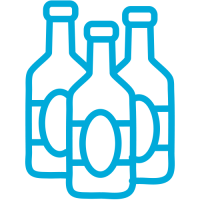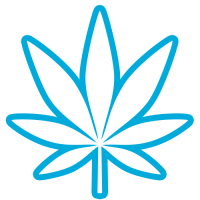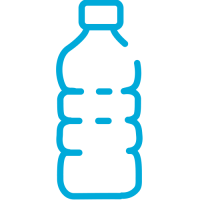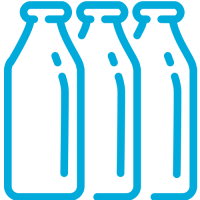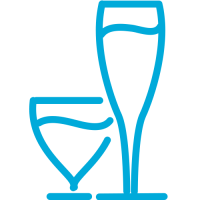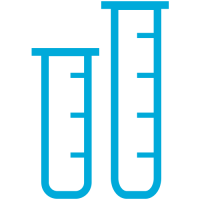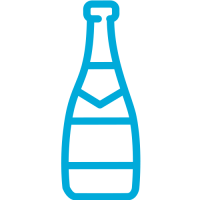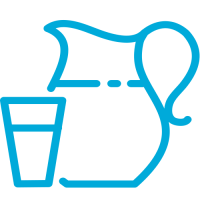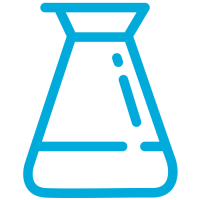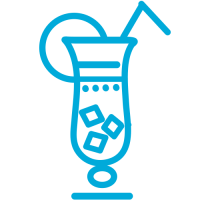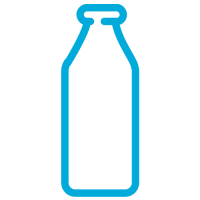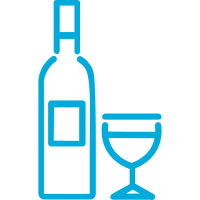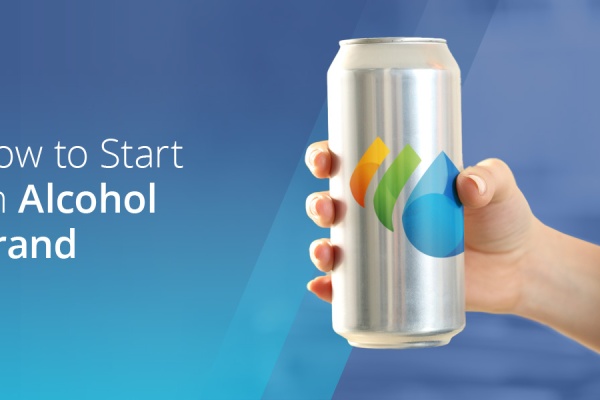Spirits & Distilled Liquors
Spirits are distilled alcoholic beverages. Some of the more popular examples of spirits include tequila, rum, gin, vodka, whiskey, and bourbon. It’s hard to pinpoint the exact origin of distilled liquors, but scholars’ best guess puts the first distillation around the thirteenth century.
Distillation is achieved by taking wine or other fermented fruit, plant, or starch material that has been brewed already, converting it into a vapor and then condensing it back into a liquid form.
Most spirits are unsweetened, and have an alcohol by volume (ABV) over 20%. Because of their high alcoholic content, spirits and distilled liquors are highly regulated in the United States and most other parts of the world. Spirits sold on the market are required to be labeled with:
- Brand name,
- Type of spirit (ie. vodka, rum, etc),
- ABV,
- Country of origin,
- Address of bottler or importer, and
- A label regarding the dangers of drinking alcohol on each unit.
These stringent regulations can sometimes be an obstacle in bringing a spirit of distilled liquor to market. However, the spirits industry remains alive and well, with 1.3 billion dollars of growth reported in the U.S. in 2018.
While other industries have suffered as millennials come into their buying power, premium and high-end spirits remain popular among young adults, and there is plenty of room in the industry for innovation in distillation methods, flavor infusions, packaging, and even exportation.
